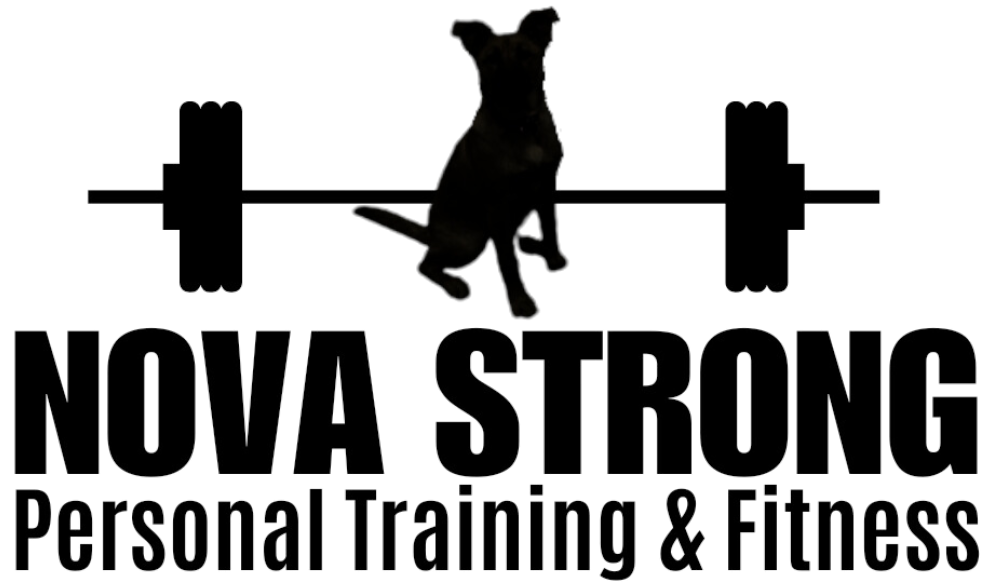The Simplest Way To Eat Better
Do you ever feel like eating healthy has just gotten…way too complicated? Everywhere I turn it seems like I’m hearing another crazy fad diet claim:
“3 Reasons Why You Shouldn’t Eat Carbs After 7PM”
“How The Keto Diet Fixed My Flat Tire and Paid My Rent”
“The Story of How Eggs Ruined My Life and Caused My Divorce”
Okay, so the last two are an exaggeration, but in all honesty that’s how I sometimes feel reading these nutrition claims. How do people even come up with this stuff?
Here’s the thing: you don’t need to cut out carbs from your diet, or only eat between 10 and 5 to eat better. You just need to be a little more mindful when you do eat. Luckily for you, I have a few tips to help you do just that.
Mindful Eating Explained
Eating slowly while being more mindful of what you’re eating and how you’re body is feeling while eating it can be a powerful tool for changing your nutrition habits for the better. A recent study found that eating slowly and focusing on experiencing the meal was able to help limit the over-consumption of hyper-palatable and processed foods.
This is all to say that while the portions and types of food you eat are important, the easiest way to make a habit change is to simply start being more mindful of what you’re already eating, and focus on really slowing down and focusing on your food while you’re eating it.
Why?
Two reasons:
It takes roughly 20 minutes for your body’s satiety (feeling of fullness) signals to kick in. Eating more slowly gives your body time to process the food you’re eating and give you a better sense of when you’ve had enough.
When you slow down and savor your meal, you tend to feel more satisfied and less deprived.
With that being said, mindful eating is easier said than done, so let’s discuss a few tips for mindful eating.
Avoid Distractions
If you’re like me, as soon as you sit down to eat you either turn on the TV or pull out your phone to do something else while you’re eating. While it’s nice to be entertained while you’re eating, mindful eating requires that you give your full attention to the food that you’re eating. Really try to focus on enjoying and tasting the food that you’re eating instead of viewing it as a task that you have to be distracted by. This also goes for people with busy work schedules. I know I often find myself having my lunch while on the go at work, and sometimes it’s inevitable, but if possible you should try to dedicate time during your workday to really enjoy your lunch instead of just working through it.
Do Something in Between Bites
To help you slow down while eating, try doing something in between taking bites, such as setting down your utensils, taking a sip of water, chatting with someone, etc. I find that taking a sip of water works particularly well for me, and also doubles as a way to help me get more water in during the day (most of us frankly don’t drink enough water as is).
Dedicate a Set Amount of Time for your Meal
For busy people, this might mean scheduling out a set 10 minutes when you can really dedicate your full attention to your meal and really try and make it last the full ten minutes. For others, this might mean setting a timer while you’re eating to pace yourself, or choosing a longer song to listen to while eating to help you keep track of your time. After all, ten minutes is only one round of All Too Well (Taylor’s Version).
Savor Your Food
This goes deeper than just thinking, “this tastes good”. How does it really taste? Salty? Sweet? Rich? And how does it feel? Crispy? Crunchy? Think of as many adjectives as you can as you’re eating and you might be surprised by how much more you really appreciate what you’re eating.
Notice What Affects Eating Speed
Do you tend to speed through your meals when you’re feeling stressed, or when you eat before you leave for work? Does having more people around while you’re eating affect the speed at which you eat? Do you tend to eat some meals faster than others depending on the time of the day?
It may also be helpful to keep a log in your phone or in a notebook of your observations for easier pattern recognition later on.
Last But Not Least
If you feel like you could use some extra help with your nutrition habits (or fitness), feel free to reach out! We’re here to help you and the first step is a no-pressure exploratory call to make sure we’re the right fit for helping you to achieve your goals.
